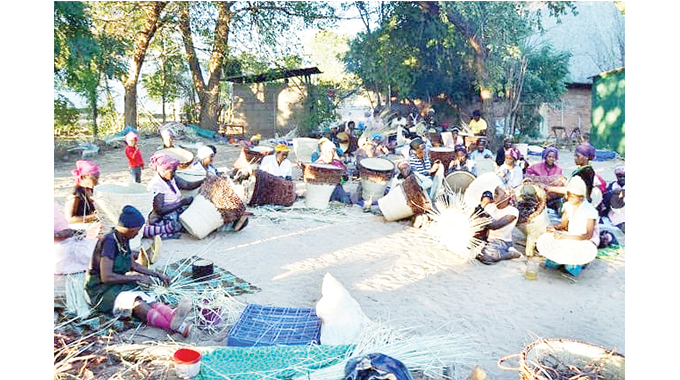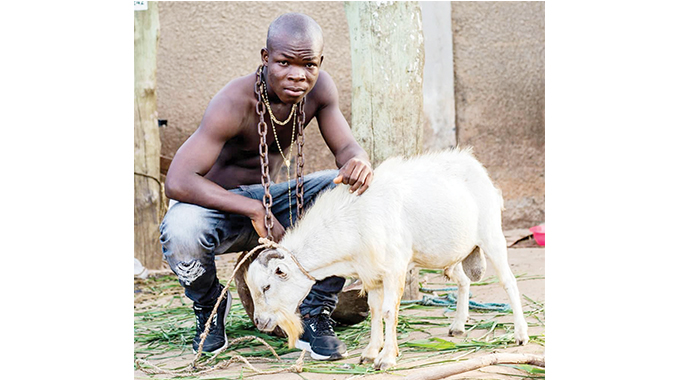Lupane women confident about export growth

“Basketry can even give you one billion dollars.”
Although the figure might seem far -stretched considering the country’s exports, the Director of Lupane Women’s Centre, Ms Hildegard Mafukare, remains confident the country can harness potential within rural communities to grow exports.
Talking to ZimTrade recently, Mafukare highlighted that Zimbabwe has potential to grow exports from the arts and crafts sector and tap into the growing global market for basketware.
According to Trade Map, the global import bill of manufactures of straw, of esparto or of other plaiting materials; basketware and wickerwork grew from US$1.81 billion in 2016 to US$2.1 billion in 2019.
To tap into that market, Ms Mafukare noted the need to for closer linkages between the Zimbabwean diaspora and rural business, which will ride on the former supporting initiatives within communities they grew up in.
“Communities look forward to support from people who were raised within those community, especially those that have left the country.
“So, we need to establish mechanisms and process through which people who have left our communities can give back by promoting local products abroad,” she said.
Such an arrangement, she said, will create stronger social structures that will see women being supported by a sustainable system of survival and in turn do away with handouts that are currently affecting their production capacities.
The Lupane Women’s Centre is training, information and marketing place for the women who are involved in the various weaving and related projects. The Centre boasts of a membership of more than 4 500 members, the largest number of organised weavers in the country.
Of the total members, more than 420 hundred are successful weavers who supply both domestic and international markets.
Ms Mafukare however noted that the Centre has potential to contribute meaningfully to national exports if current challenges affecting production and exports are addressed.
She noted that currently there are price distortions because of increased activities by middlemen, which have affected earning for rural women.
“Because of the current economic challenges and difficulties in accessing some international markets, some middlemen are taking advantage of that and negotiate a price that is not sustainable.”
The result is that women are forced to sell their commodities at very cheap price and this has ripple effect on production and nation’s earnings. The logistics and freight support is another challenge that is affecting distribution of pieces from Lupane to all parts of the world.
The current fees are making, for example, baskets weaved in Lupane uncompetitive, living room for products from countries such as Zambia and South Africa to seize markets. To address these challenges, ZimTrade is identifying international buyers that have potential to import directly from Lupane, thereby cutting out the middlemen who are usually resident in Harare and Bulawayo.
Development of a mobile application, which will create a direct connection between international buyers and weavers in Lupane is also at an advanced stage.
Once operational, the Lupane Women’s Centre should be able to advertise their products on the platform, engage in business to business meetings with buyers and conclude business deals.
With regards to freight challenges, ZimTrade is engaging service providers to offer favourable terms to women in Lupane so that they export at uncomplicated and less costly terms.
There are also plans to assist rural communities in standardisation as this will make it easy to consolidate orders. Already, there are buyers who have expressed interest to source from Zimbabwe.
However, they have requested for large orders that can be easily met if all players produce a homogeneous product and consolidate orders. — ZimTrade











Comments